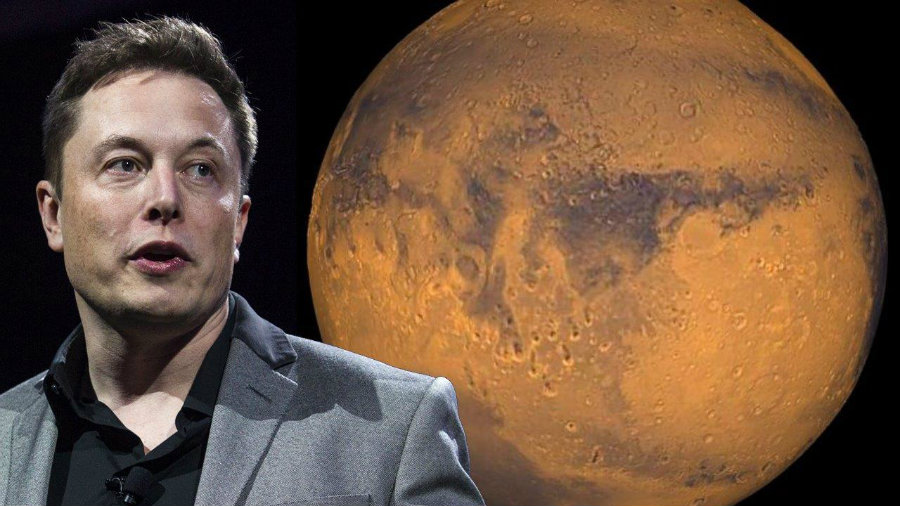Mars colonization seems a more realistic idea each time Elon Musk reveals details of his ambitious plans. The SpaceX boss tweeted Monday that further information about the Interplanetary Transport System (ITS) will be unveiled next Friday, Sept. 9, at the International Astronautical Congress (IAC). Those interested folks who cannot make it to Adelaide, Australia, will still be able to watch the live-streamed event.
A reusable rocket-and-spaceship vehicle, the Interplanetary Transport System is a hybrid powered by 42 SpaceX Raptor engines, according to Musk’s announcement back in June. The billionaire said Monday he would reveal “major improvements” and “unexpected applications.”

SpaceX shared on Instagram an astonishing simulation video of the spaceship and rocket that might one day take humans to Mars for a significantly lower cost compared to the traditional methods.
Musk said in a scientific paper published in June that cutting the cost of a one-way ticket was the only way to encourage enough people to establish the first human colony on the red planet.
Because he wants to help people to believe that a trip to Mars can actually happen in our lifetime, his goal is to get the price down to $200,000, which is the cost of an average house in the United States.
The entrepreneur said in a paper published in New Space that traditional methods would take humans to Mars for at least $10 billion per person, which would make it impossible to establish a self-sustaining civilization on the fourth planet from the sun.
The SpaceX boss admitted that not everyone would be interested in taking part of a Mars colony, but anyone could apply for sponsorship if they wanted to get a job there. He noted that a significant number of labor positions were needed.
Announcements of a smaller, more versatile vehicle are expected
The company unveiled last year its plans to build a rocket that takes up to 100 colonists to and from the Mars’ surface. Similar to SpaceX’s Falcon 9, most of the rocket booster is expected to land back on our planet after takeoff whereas the ship portion is supposed to wait in orbit until another launch brings the fuel needed to continue to Mars.
Only a massive vehicle could make that possible. Based on those characteristics revealed in 2016, the ITS must be even taller than NASA’s Saturn V rocket, which was used to take astronauts to the Moon. The hybrid vehicle would be the largest rocket humans have ever created, which is why Musk has called it the Big Fucking Rocket.
However, to reduce the costs and make the IT’S a vehicle with a variety of applications, he has said the company would build a smaller version. Compared to the Saturn V, which was only created to take people to the Moon, Falcon 9 and the United Launch Alliance’s Atlas V are examples of scaling things down so it can have more uses. They have been used to launch satellites, loft cargo to the International Space Station, among a wide range of missions.
Lockheed Martin will also have a presentation at the International Astronautical Congress to unveil their ideas for a Mars Base Camp, which is intended to support NASA’s goal to take astronauts to the red planet by 2030 on the Space Launch System and Orion capsule.
Source: The Verge
